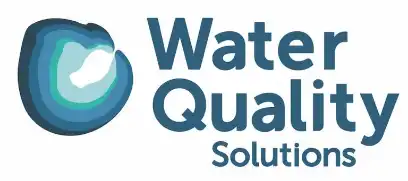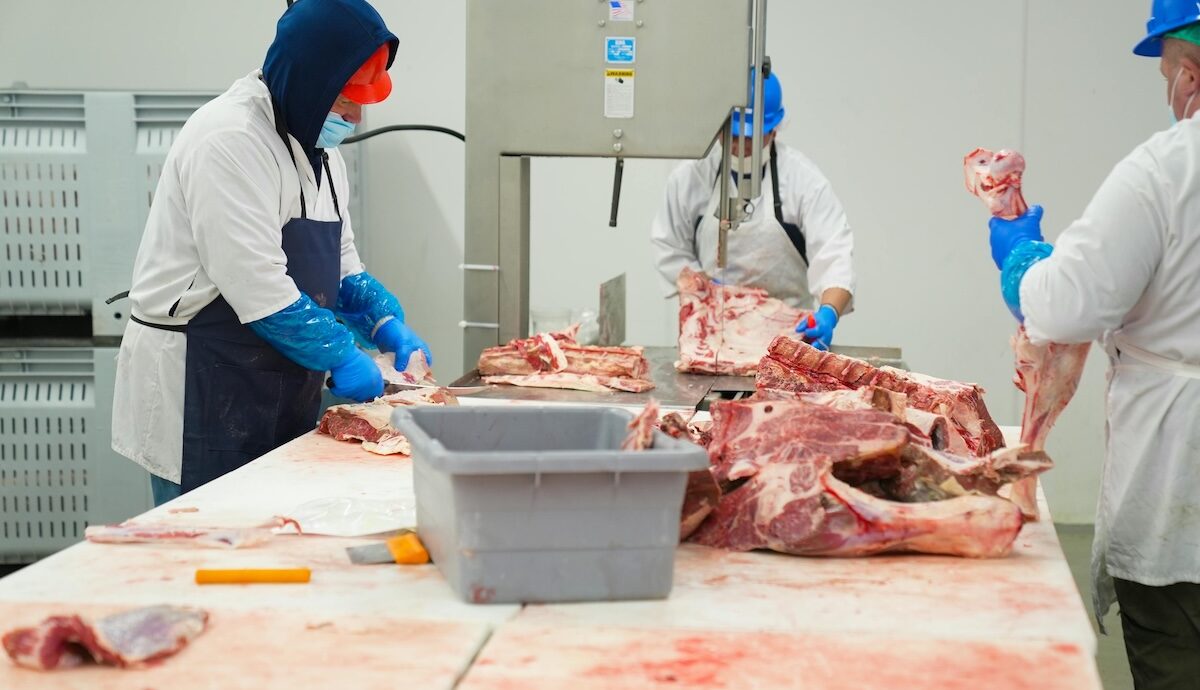Wastewater from meat processing plants can be challenging to treat. The reason for this is because it’s usually full of proteins and fats, as well as other organics that end up pushing treatment systems to their limits.
If they’re not checked, these contaminants can make operating costs soar and overload biological units. Not to mention, they put compliance at risk!
Quik Zyme P, an excellent product, provides a targeted and natural solution to this. It’s an enzyme-based formulation that accelerates the breakdown of proteins in wastewater, making them easier to manage and less damaging to treatment systems.
In this blog, we explain how Quik Zyme P works, its benefits for meat processing plants, and where it fits best in treatment systems.
Let’s dive in.
Why Protein is a Problem in Meat Processing Wastewater
Facilities where meat packing takes place tend to generate protein-heavy wastewater from slaughtering, butchering, cleaning, and offal handling. Blood proteins and tissue fragments, as well as fats dominate the stream. And this is often accompanied by surfactants and ammonia compounds.
The key challenges for operators include:
- COD and BOD spikes that strain treatment systems
- Foaming, sludge bulking, and poor settling caused by undigested proteins
- High polymer demand in dissolved air flotation (DAF) units
- Odour issues linked to protein breakdown
- Elevated oxygen demand driving up aeration costs
What is Quik Zyme P?
At Water Quality Solutions, we are passionate about getting the best results in the best way possible. That’s why we stand by all our products and make sure we know the ins and outs.
Quik Zyme P is a great product that we highly recommend. It is a concentrated protease enzyme blend that’s specifically designed for protein degradation in wastewater. By hydrolysing complex proteins into smaller, more digestible molecules, it improves the performance of aerobic and anaerobic systems alike.
Key features of Quik Zyme P:
- High-activity proteolytic enzymes
- Active across a wide pH (6–9) and temperature (15–45°C) range
- Biodegradable and eco-friendly
- Safe for both operators and treatment systems
How Quik Zyme P Works
If you’re not familiar with Quik Zyme P, you might be wondering how it works. Here’s how:
Protein hydrolysis
Enzymes in Quik Zyme P work by breaking peptide bonds in proteins such as hemoglobin, albumin, and collagen. These proteins are reduced to smaller peptides and amino acids, which bacteria can digest much more efficiently.
Lower COD and BOD
With proteins pre-digested before reaching the biological stage, organic loads are reduced and treatment units operate under less stress.
Foam and sludge control
Undigested proteins contribute to bulking and foaming. Quik Zyme P helps stabilise microbial activity and reduces these operational issues.
Better biological performance
With more bioavailable material entering the system, bacterial uptake and degradation improve, leading to stronger biomass and higher effluent quality.
Where Quik Zyme P Fits in Your System
Quik Zyme P can be dosed at several points depending on the plant setup:
- Equalisation tank – allows early-stage hydrolysis before biological treatment
- DAF feed – reduces polymer use and improves float consistency
- Aeration basins or SBRs – supports more efficient digestion and improved sludge compaction
- Anaerobic digesters – pre-digested proteins enhance biogas yield
Benefits of Using Quik Zyme P in Meat Processing
To give you a better idea of why Quik Zyme P is a great choice, we’ve created a table of benefits:
|
Benefit |
Impact |
|
Faster protein breakdown |
Reduces load and shortens retention time |
|
Lower COD and BOD |
Easier to meet discharge requirements |
|
Reduced foaming and bulking |
More predictable reactor performance and less downtime |
|
Lower chemical demand |
Cuts polymer and defoamer requirements |
|
Energy and cost savings |
Reduces aeration energy use and lowers sludge handling costs |
Typical Dosing Guidelines
- Shock dose: 5-10 ppm depending on protein concentration
- Maintenance dose: 2-5 ppm daily
- Application point: best added to equalisation tanks or upstream of DAF
Always consult with your supplier for site-specific dosing guidance.
Final Thoughts
Protein-rich wastewater does not have to overwhelm treatment systems or require constant chemical intervention. Quik Zyme P provides a natural, safe, and efficient way to break down proteins, stabilise biological treatment, and reduce operating costs.
As more plants adopt sustainable wastewater practices, enzyme-based solutions like Quik Zyme P will continue to play an important role in meeting both environmental and operational goals.
Shop Now / Get FREE Advice
Shop Quik Zyme P here or, if you’d like more information, contact us today and we’ll be happy to help.

